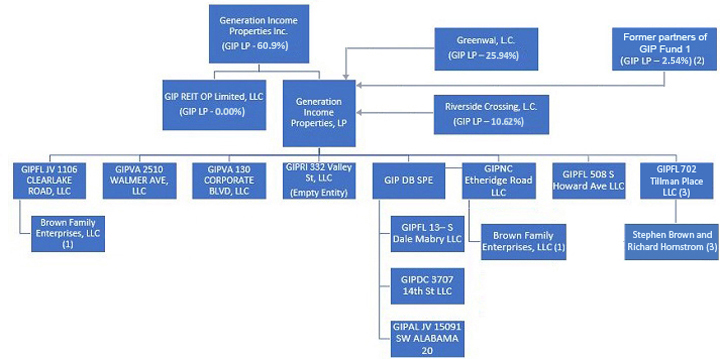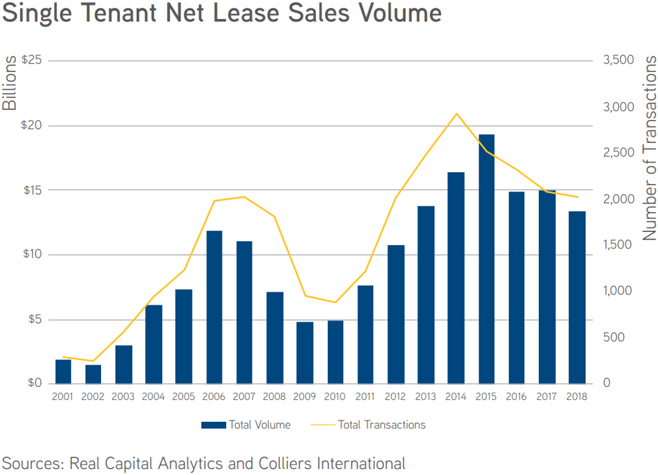The information in this prospectus is not complete and may be changed. We may not sell these securities until the registration statement filed with the Securities and Exchange Commission becomes effective. This prospectus is not an offer to sell these securities and it is not soliciting an offer to buy these securities in any jurisdiction where the offer or sale thereof is not permitted.
SUBJECT TO COMPLETION, DATED JULY 9, 2021
PRELIMINARY PROSPECTUS

GENERATION INCOME PROPERTIES, INC.
1,250,000 UNITS
EACH UNIT CONSISTING OF ONE SHARE OF
COMMON STOCK AND ONE WARRANT TO
PURCHASE ONE SHARE OF COMMON STOCK
We are an internally managed Maryland corporation focused on acquiring and investing primarily in freestanding, single-tenant commercial properties net leased to investment grade tenants. We intend to elect and qualify to be taxed as a real estate investment trust (“REIT”) for federal income tax purposes commencing with our taxable year ending December 31, 2021.
We are offering 1,250,000 units (each, a “Unit” and collectively, the “Units”) in a firm commitment underwritten public offering. Each Unit consists of one share of our common stock, par value $0.01 per share, and one warrant (each, a “Warrant” and collectively, the “Warrants”) to purchase one share of our common stock at an exercise price equal to 100% of the price of each Unit sold in this offering. The Units have no stand-alone rights and will not be certificated or issued as stand-alone securities. The shares of common stock and the Warrants comprising the Units are immediately separable and will be issued separately in this offering. Each Warrant offered hereby is immediately exercisable on the date of issuance and will expire five years from the date of issuance. We expect the public offering price of our Units to be between $12.00 and $14.00 per Unit. We have granted the underwriters a period of 45 days to purchase up to an additional 187,500 shares of common stock and/or an additional 187,500 Warrants, which the underwriters may only exercise to cover over-allotments made in connection with this offering. The underwriters have informed us that the gross proceeds of this offering will not be less than $15,000,000.
Our common stock is currently approved to be quoted on the OTCQB Venture Market under the symbol “GIPR”. Prior to this offering, there has been no public market for our Warrants. We have applied to list our common stock and Warrants on the Nasdaq Capital Market under the symbol “GIPR”. and “GIPRW,” respectively. No assurance can be given that our application will be approved. If our application is not approved or we otherwise determine that we will not be able to secure the listing of our common stock and Warrants on the Nasdaq, we will not complete this offering.
Investing in our Units involves risks. You should carefully read and consider the “Risk Factors” beginning on page 16 of this prospectus before investing.
We qualify as an “emerging growth company” as defined in the Jumpstart Our Business Startups Act and will be subject to reduced public company reporting requirements. See “Jumpstart Our Business Startups Act” contained herein.
Neither the Securities and Exchange Commission nor any state securities commission has approved or disapproved of these securities, determined if this prospectus is truthful or complete or passed on or endorsed the merits of this offering. Any representation to the contrary is a criminal offense.
| Price to Public | Underwriting Discount and Commissions(1) |
Proceeds to Us, before expenses(2)(3) |
||||||||||
| Per Unit: |
$ | $ | $ | |||||||||
| Total: |
$ | $ | $ | |||||||||
| (1) | In addition to the underwriting discount, we have agreed to issue the representative of the underwriters a warrant to purchase a number of common shares equal to an aggregate of 9% of the number of shares of common stock sold in this offering. As of the date hereof, an affiliate of Maxim Group LLC, holds 15,299 shares of our common stock, which were issued as compensation for advisory services unrelated to this offering. See “Underwriting” for details regarding the compensation payable to the underwriters in connection with this offering. |
| (2) | We expect that the amount of expenses of the offering that we will pay will be approximately $1,037,000. |
| (3) | We have granted the underwriters an option for a period of 45 days to purchase up to an additional 187,500 shares of common stock and/or an additional 187,500 Warrants. If the underwriters exercise this option in full, the additional underwriting discounts and commissions payable by us will be $219,375 and the total proceeds to us, before expenses, will be $17.0 million, in each instance at an assumed public offering price of $13.00 per Unit, which is the midpoint of the price range indicated on the cover page of this prospectus. |
| Sole Book-Running Manager |
Co-Manager | |
| Maxim Group LLC | Joseph Gunnar & Co. LLC |
The date of this prospectus is , 2021.

